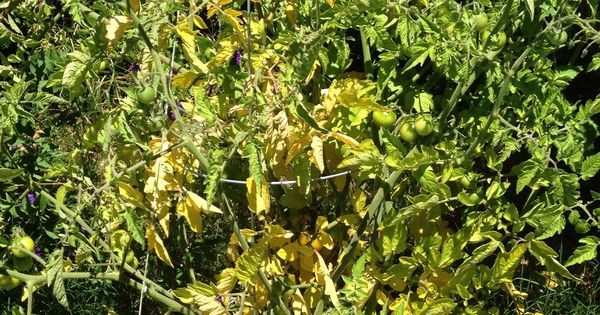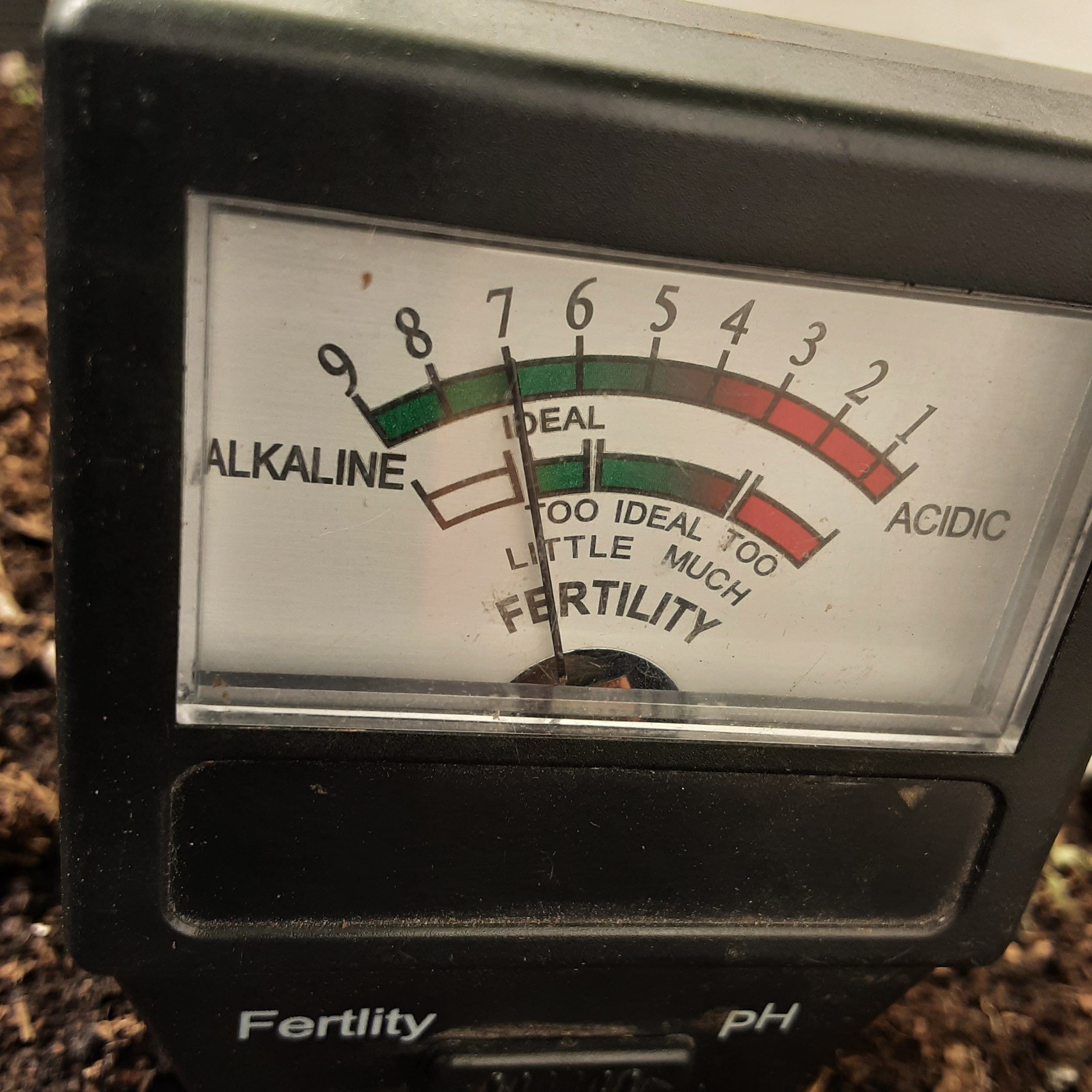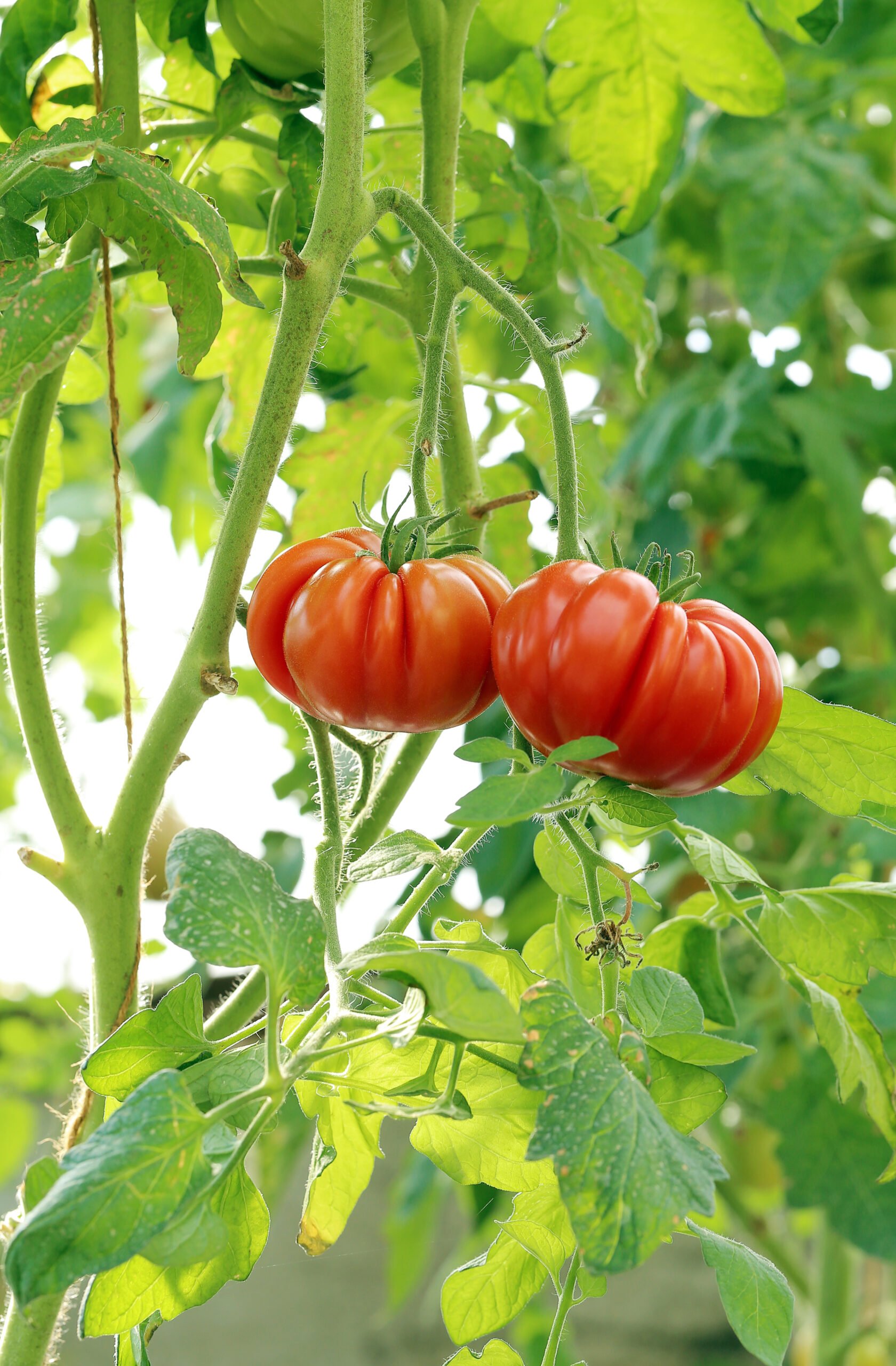If you’ve ever found yourself scratching your head over why your tomato plants aren’t looking their vibrant best, you might just be dealing with a classic villain: iron deficiency. In this in-depth exploration of the topic, we’ll uncover the ins and outs of “iron deficiency in tomato plants.” You’ll learn how to spot it, what causes it, and, most importantly, how to fix it to grow the plumpest, juiciest tomatoes on the block. So, grab your gardening gloves and get ready for a green-thumb adventure!
Table of Contents
What Exactly is Iron Deficiency in Tomato Plants?
Alright, let’s start at the beginning. Iron is like the secret sauce in the recipe of tomato growth. It’s a crucial nutrient that helps in the production of chlorophyll, which is the green pigment responsible for photosynthesis. In simpler terms, iron is what gives your tomato plants the green they need to harness the sun’s energy and grow big and strong.
Symptoms Of Iron Deficiency

How do you know if your tomato plants are facing an iron deficiency crisis? Here are some telltale signs to look out for:
- Yellowing Leaves: If your tomato plant’s leaves are looking more like mustard than emerald, that’s a clear signal something’s up.
- Interveinal Chlorosis: Sounds fancy, but it means that the area between the veins of the leaves turns yellow while the veins themselves stay green. It’s like a roadmap to nutrient trouble.
- Stunted Growth: Your tomato plant might be looking like it’s trying to fit into kid-sized overalls when it should be in adult ones.
- Fruit Failures: Smaller, fewer, and less tasty tomatoes are another giveaway.
The Culprits Behind Iron Deficiency in Tomato Plants
Soil pH Shenanigans
One of the main reasons behind iron deficiency is an imbalanced soil pH. If your soil is too alkaline, it locks up iron and makes it unavailable to your tomatoes. It’s like a cruel game of hide-and-seek.
Overwatering Woes
Mother Nature might get a little heavy-handed sometimes, causing excessive rain or over-enthusiastic watering. This extra moisture can flush out iron from the soil, leaving your tomatoes thirsty for their essential green pigment.
Poor Soil Drainage
If your soil doesn’t drain well, water can pool around your tomato plant’s roots. This waterlogging not only drowns your plants but also hinders their ability to absorb iron.
Root Damage Drama
Damaged roots from overzealous gardening or pests can hinder your tomato plants’ ability to take in the iron they need. It’s like trying to breathe with a stuffy nose – not easy.
Tackling Iron Deficiency in Tomato Plants
Check the pH Balance

The first step in your mission to combat iron deficiency is to check your soil’s pH levels. You’ll need a soil test kit for this one, and it’s worth every penny. Once you know where your pH stands, you can make the necessary adjustments.
Acidify the Soil
If your soil is too alkaline, you need to make it more acidic. This can be done by adding substances like sulfur, peat moss, or iron sulfate. It’s akin to giving your soil a complete transformation.
Keep Soil Moisture in Check
You’ve got to be the boss of your watering can. Water your tomatoes when they need it, not just when you feel like playing fireman. Proper irrigation can prevent iron leaching.
Improve Drainage
If your soil isn’t draining properly, consider adding organic matter like compost to improve its structure. Think of it as giving your soil a gym session to become more efficient.
Root Health Matters
Check the health of your tomato plant’s roots. Trim away damaged sections and make sure they have a fighting chance to absorb all that iron goodness.
Iron-Boosting Tricks for Tomato Plants
Epsom Salt Elixir
Epsom salt isn’t just for a relaxing bath; it’s a secret weapon for your tomato plants. Dissolve a tablespoon of Epsom salt in a gallon of water and use it as a foliar spray for a quick iron boost.
Chelated Iron Magic
Chelated iron supplements can provide a quick fix for your plants. You can either sprinkle it around the base of your tomato plants or apply it as a foliar spray.
Foliar Feeding Finesse
Foliar feeding is the practice of administering liquid fertilizer directly onto the plant’s foliage. Iron-infused liquid fertilizers can give your tomatoes a direct shot of the nutrient they crave.
The Tomato Transformation

Once you’ve battled iron deficiency in your tomato plants, you’ll notice some magical transformations taking place:
- Leafy Green Glory: Your tomato plants will regain their deep, lush green color, reminiscent of a flourishing forest.
- Healthy Growth Spurts: Say goodbye to the miniature tomato plant and hello to the towering green giant.
- Plumper, Juicier Tomatoes: Your tomatoes will swell with flavor and become the stars of your salads, sandwiches, and sauces.
- Improved Overall Resilience: Your iron-boosted tomatoes will be better equipped to fend off diseases and pests.
Conclusion – Iron Out the Wrinkles and Grow Marvelous Tomatoes
In the world of tomato gardening, iron deficiency doesn’t stand a chance when you’ve got the knowledge to spot it and the tools to fix it. Your tomato plants are like precious gems that just need a little polish to shine their brightest. By understanding the signs, causes, and remedies for iron deficiency, you’re now equipped to grow tomatoes that are the envy of the neighborhood. So, get out there, get your hands dirty, and let those iron-rich tomatoes steal the show! Happy gardening, and may your tomato harvest be bountiful and magnificent!
